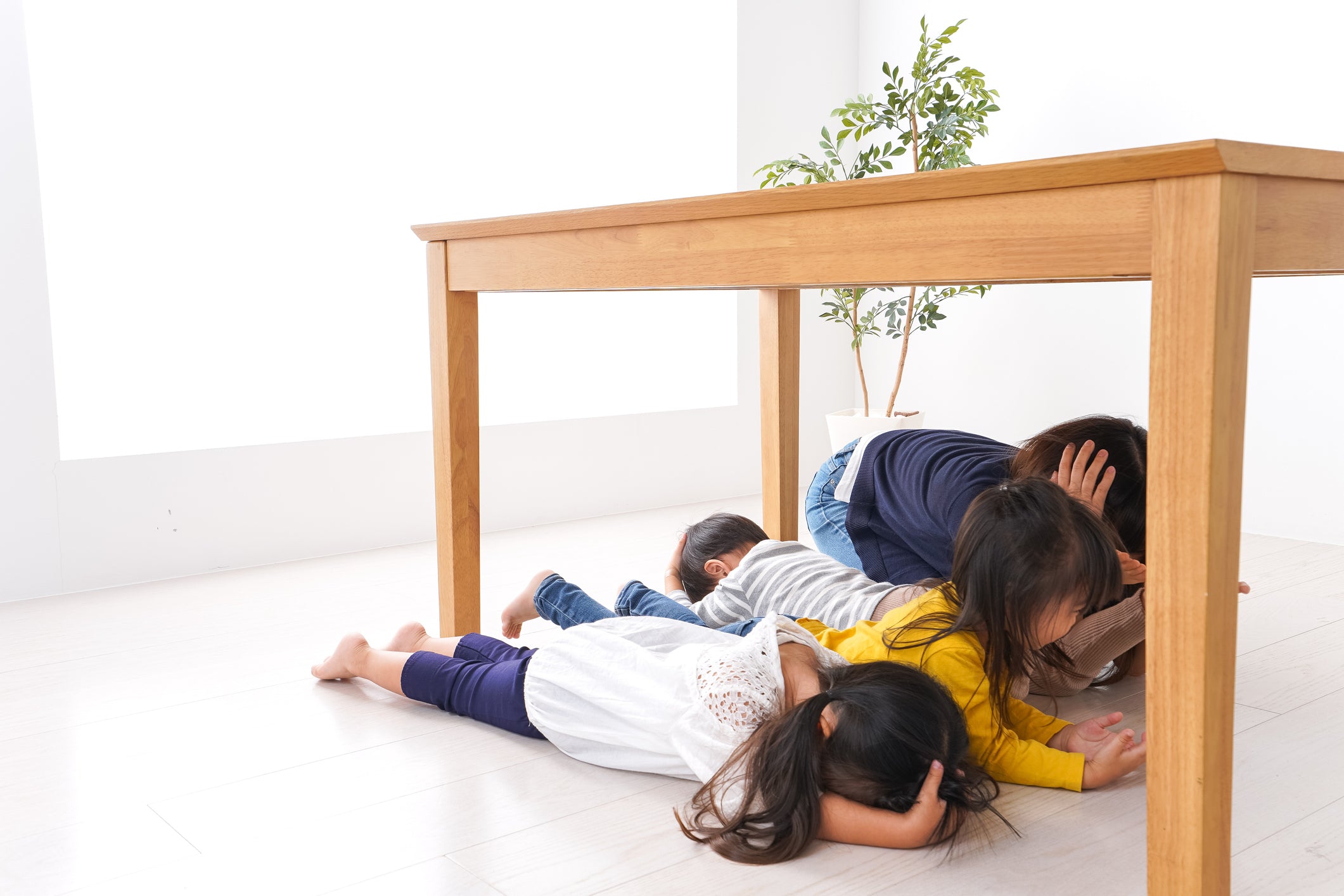Introduction to Earthquake Preparedness
Earthquakes are unpredictable natural disasters that can strike without warning, causing widespread devastation and posing serious risks to life and property. Being prepared and knowing how to protect your family can make a significant difference in ensuring their safety during an earthquake.
Understanding Earthquakes
Earthquakes occur when there is a sudden release of energy in the Earth's crust, resulting in seismic waves that shake the ground. They can vary in magnitude and intensity, with larger earthquakes causing more significant damage. Understanding the causes and characteristics of earthquakes is crucial for preparedness.
Assessing Your Home
Conduct a thorough assessment of your home to identify potential hazards that could pose risks during an earthquake. Secure heavy furniture and appliances to prevent them from tipping over or causing injuries. Consider retrofitting your home to improve its structural integrity and resistance to seismic forces.
Creating an Emergency Plan
Develop a comprehensive emergency plan that outlines communication methods, evacuation routes, and designated meeting points for your family. Ensure that everyone knows what to do in the event of an earthquake and practice drills regularly to reinforce safety procedures.
Building an Emergency Kit
Assemble an emergency kit containing essential supplies such as water, non-perishable food, first aid supplies, flashlights, batteries, and a portable radio. Store the kit in a readily accessible location, such as a designated emergency supply closet or backpack, and periodically check and refresh its contents.
Educating Your Family
Educate your family members about earthquake safety tips, including how to drop, cover, and hold on during an earthquake. Teach children what to do if they are at school or away from home when an earthquake occurs, and ensure that caregivers and relatives are also aware of your emergency plan.
During an Earthquake
When an earthquake strikes, seek safe shelter immediately and protect yourself from falling debris by taking cover under sturdy furniture or against interior walls. Hold on to your shelter and remain in place until the shaking stops. Avoid doorways, windows, and elevators during an earthquake.
After the Earthquake
After the shaking subsides, check yourself and others for injuries and administer first aid as needed. Assess your surroundings for damage and hazards, including gas leaks, downed power lines, and structural instability. Turn off utilities if necessary and evacuate your home if it is unsafe to remain indoors.
Recovery and Rebuilding
Seek medical attention for any injuries sustained during the earthquake and follow guidance from local authorities regarding evacuation orders or sheltering in place. Assess the structural integrity of your home and consult with professionals to address any necessary repairs or reinforcements.
Community Resources
Familiarize yourself with local resources such as emergency shelters, support services, and assistance programs available in your community. Stay informed about recovery efforts and volunteer opportunities to contribute to rebuilding efforts and support those in need.
Learning from Past Earthquakes
Study past earthquake events and learn from the experiences of others who have been impacted by earthquakes. Analyze case studies to understand the factors that contributed to the outcome of each event and identify lessons that can be applied to improve earthquake preparedness in the future.
Earthquake Safety for Pets
Include your pets in your emergency plan by ensuring they have identification tags, microchips, and a supply of food and water. Identify pet-friendly shelters or boarding facilities where your pets can stay safe during an earthquake, and practice evacuating with them as part of your emergency drills.
Insurance and Finances
Review your insurance policies to ensure adequate coverage for earthquake-related damage to your property and belongings. Consider purchasing earthquake insurance if you live in a high-risk area, and set aside emergency funds to cover unexpected expenses associated with recovery and rebuilding.
Earthquake Preparedness for Schools
Collaborate with your child's school to ensure they have robust earthquake safety protocols in place, including evacuation procedures, emergency supplies, and communication plans. Stay in regular communication with school administrators and teachers to stay informed about safety measures and participate in preparedness efforts.
Conclusion
Earthquakes are inevitable natural events that require careful planning, preparation, and vigilance to mitigate their impact on families and communities. By taking proactive steps to assess risks, create an emergency plan, and educate your family, you can enhance their safety and resilience in the face of earthquakes and other disasters.
FAQs (Frequently Asked Questions)
-
What should I do if I'm indoors during an earthquake and can't find shelter under furniture?
- If you cannot find shelter under furniture, crouch against an interior wall away from windows, glass, and heavy objects. Protect your head and neck with your arms and hands until the shaking stops.
-
Is it safe to use elevators during an earthquake?
- No, it is not safe to use elevators during an earthquake, as they may become stuck or malfunction. Take the stairs to evacuate the building if it is safe to do so.
-
Should I stay indoors or evacuate my home during an earthquake?
- It depends on the severity of the earthquake and the condition of your home. If you are indoors, seek shelter under sturdy furniture and stay indoors until the shaking stops. If your home is unsafe or if you are instructed to evacuate by authorities, exit the building and move to an open area away from hazards.
-
How can I help my family members with disabilities or mobility issues during an earthquake?
- Develop a specific emergency plan tailored to the needs of family members with disabilities or mobility issues. Assign designated caregivers to assist them during evacuations and ensure they have access to necessary medical supplies and equipment.

